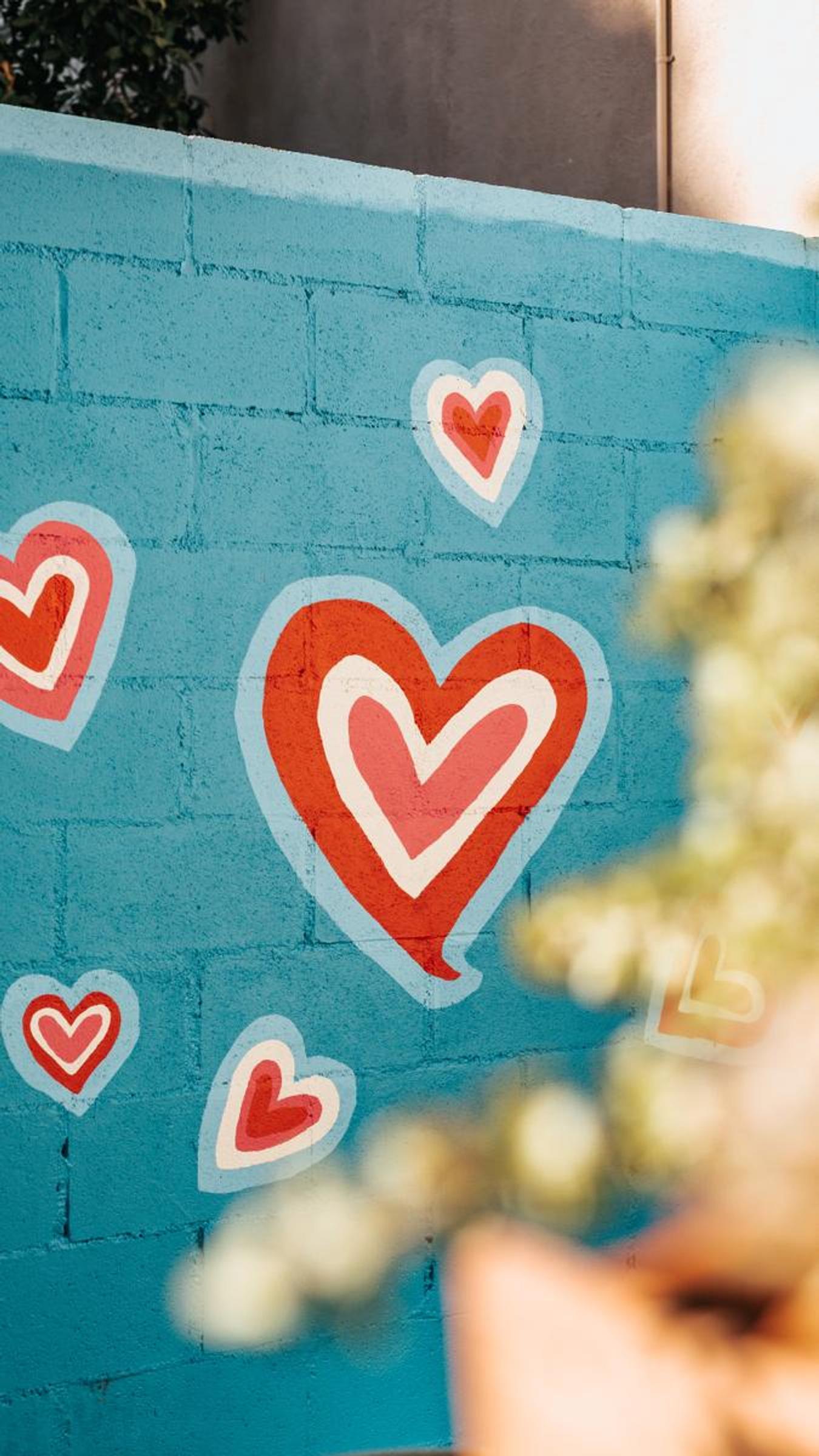Wellbeing

Headspace in Schools
We have been lucky to have Lachlan Slade, a Headspace Enhanced Mental Health in Schools Clinician, attend the College each fortnight to provide mental health support to our students. This is a free service provided by the state government.
Secondary school can be a stressful time for students. During this time mental health issues such as anxiety and depression arise for one in four children and young people. However, when mental health issues are picked up early, students can be supported to build and manage their wellbeing, leading to better educational and health outcomes. Our professional wellbeing team assesses and refers students to the Headspace program. The service is very well utilised at the college and there is a bit of a wait list, however, we are lucky to have such a great wellbeing team to monitor our students in the meantime.
Creating a Culture of Learning through Mistakes
Making mistakes is a crucial part of learning and developing the skills needed to become a reflective independent learner.
Yet many of our students feel a great deal of anxiety around mistake making because they fear failure, fear being singled out and fear that they will never get it right.
This kind of anxiety is the source of a great many avoidant behaviours in our classrooms, triggering all kinds of unproductive and disruptive behaviours as students try to delay or completely avoid, mistake making.
Yet science, specifically neuroscience, and psychology continues to show that without mistake making, students not only fail to effectively learn how to problem solve, how to analyse their work and how to become resilient in the face of failure, but their brains actually don’t ‘grow’. Studies in the field of neuroscience have found that mistake making triggers brain growth and builds intelligence.
This means that when we don’t make mistakes, when those neurons aren’t firing, we don’t get smarter and our brain doesn’t make any new connections, or ‘grow’.
Encouraging mistake making through the use of challenging work and creating an environment conducive to exploring these mistakes can have significant impacts on student outcomes and motivation while also taking mistakes made from a position of shame to one we embrace.
BEING UPFRONT
To create a classroom that embraces mistake making we need to provide an environment that explicitly teaches students that mistake making is not only normal but necessary.
Framing the idea of mistakes as part of the learning process rather than failures can help students to reassess the way they think about and approach mistakes.
Enthusiastically letting students know that you want to hear about their mistakes is also crucial to creating a mistake embracing classroom. When we encourage the disclosure of mistakes we not only take away the cloak of shame that surrounds them, we also set the scene for productive classroom discussion.
MAKE IT PART OF THE LESSON PROCESS
Setting up a process within lessons that looks at student mistakes or common mistakes around a specific task can be an excellent springboard for encouraging students to become comfortable with talking about the mistakes they make with the view to sharing ideas and strategies for the whole groups benefit.
Analysing these mistakes also helps students to begin to look for and apply strategies for problemsolving and independent learning, building their confidence in the processes they select and use.
MAKE YOUR OWN MISTAKES
Modelling is one of the crucial ways in which we learn, so deliberately making mistakes on the board or speaking about mistakes you have made can help to create the right atmosphere in your classroom, while also reinforcing the idea that mistakes are made by everyone.
Encouraging students to pick up on your mistakes if you’ve planted one in your work is also a great activity to encourage analysis and discussion but it also normalises mistakes and the processes for learning from them.
REVISIT MISTAKES
Creating discussion around mistakes that have been made during the lesson as a normal part of your end-of-lesson reflection can help students to help each other and themselves. Guiding students on how to think about errors and how to approach errors rather than simply giving them the answers builds their confidence in reviewing their own work and strategy selection. Reminding students that learning is a process is important as it reinforces the effort and the journey rather than the result.
When we praise students for the effort they’ve put in and for the strategies they have used to get a result, they are more motivated to try again.
